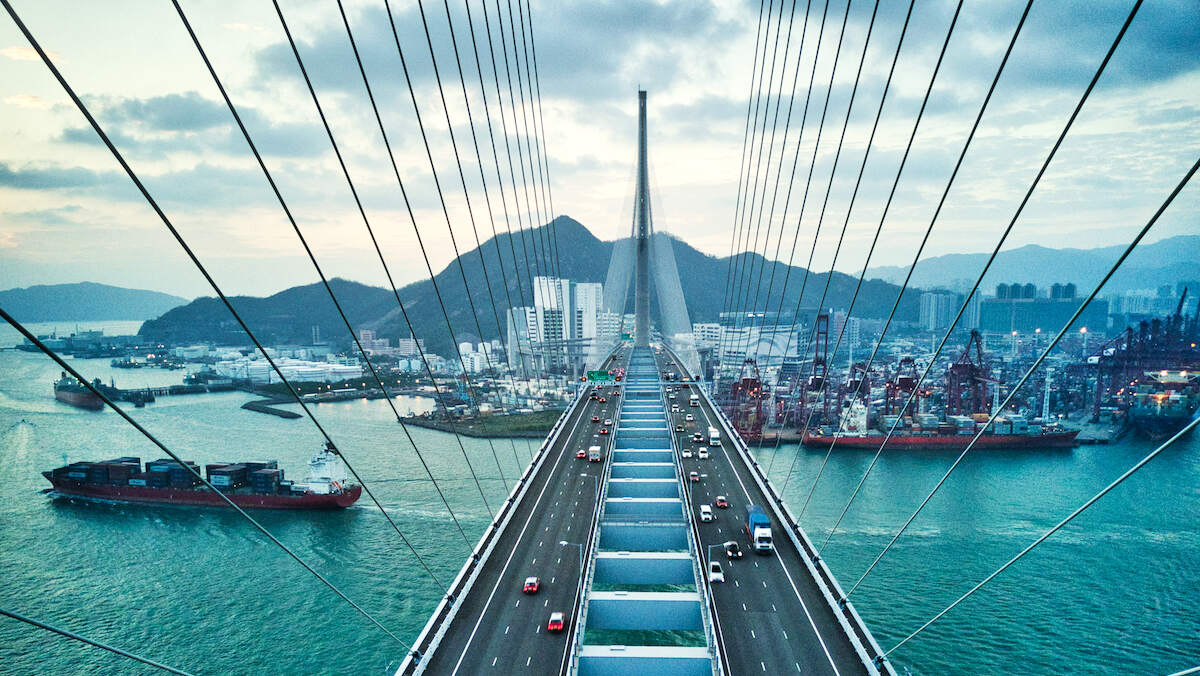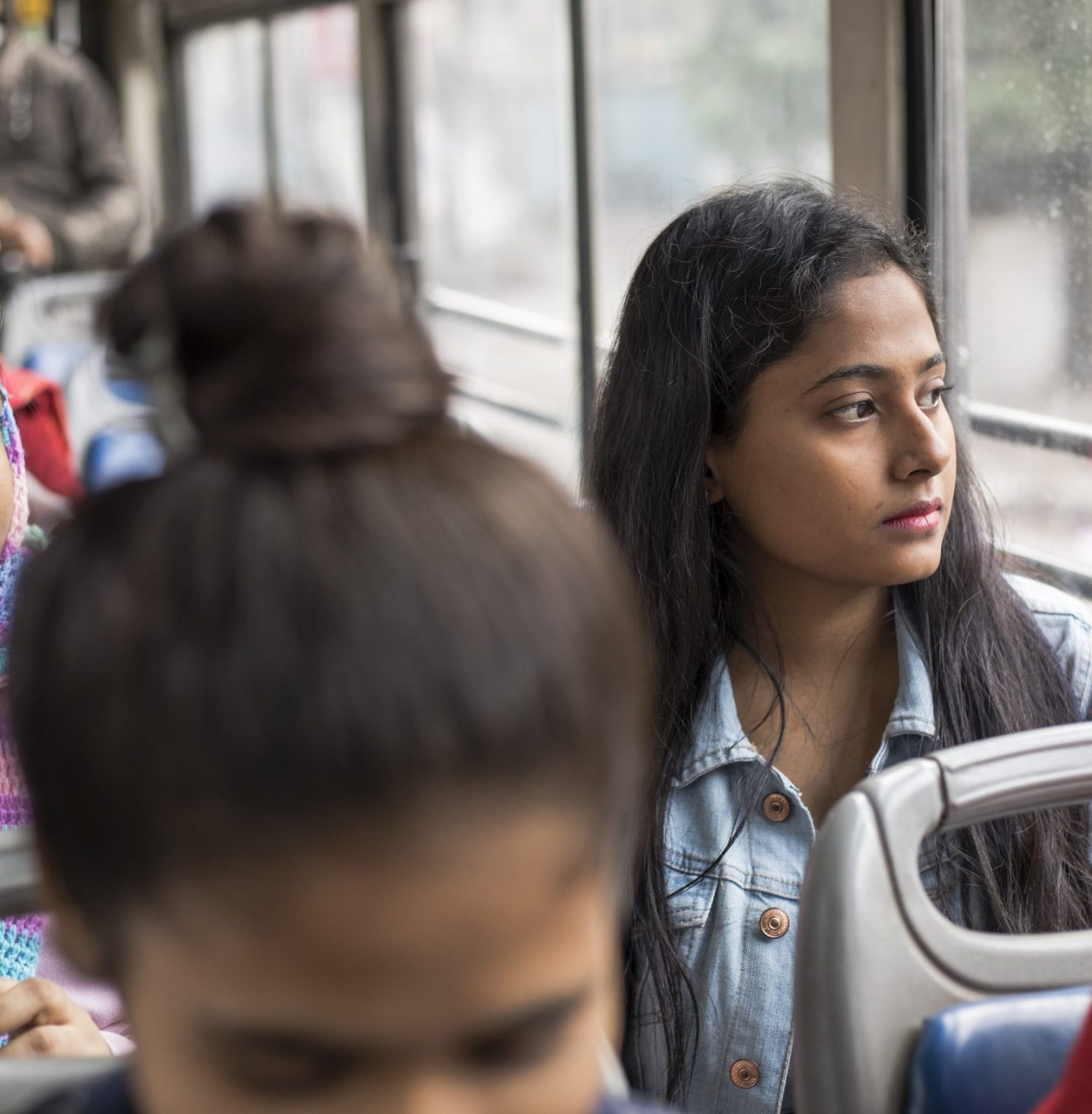Many Indian families using liquefied petroleum gas (LPG) cylinders face this situation ever so often, one that leaves them without gas for cooking or heating, forcing them to change their gas cylinders midway or wait for new supplies to arrive.
However, the expansion of new gas infrastructure in urban India is helping overcome this issue by supporting uninterrupted access to piped natural gas (PNG).
PNG is currently available across 20 per cent of India, with the government planning to expand the gas pipeline network to cover 70 per cent of households.
Many Indian families are looking forward to the assurance and security of supply that PNG can bring.

Lata says she needs a consistent source of gas to cook for her family.
Lata, a mother of two in New Delhi, relies on gas cylinders and is constantly worried she may run out of gas while cooking.
“We have to plan around our gas supply,” Lata said. “It’s time-consuming to wait for new cylinders and then having to change them. It happens a lot.”
She said the family has to stockpile gas cylinders at their home, which takes up valuable space and creates a potential safety hazard.
“Life would be much easier with gas piped into our home,” Lata said.

Many Indian families are forced to keep LPG bottles in their homes.
Many Indians are now securing a PNG connection to overcome these worries.
Mumbai media professional Eric Lobo said the safety afforded by PNG – compared to LPG cylinders – drove his family to piped gas. With a three-year toddler at home, he prefers the “two-knob security” of piped gas.
Besides providing energy security and safety, PNG also costs less than LPG. Currently, one LPG cylinder (non-subsidised) costs INR 740–770, compared to the same quantity of piped gas, which costs approximately INR 453.
PNG expansion in cities is not only increasing urban India’s cleaner-fuel coverage, but also freeing up LPG that can be routed to the rural poor. This works to benefit Indians across the rural-urban divide by enhancing their energy access.
A large number of rural Indian women spend hours foraging for firewood every day to light their chulhas (wood-fired cookstoves). Long-term exposure to indoor fumes causes them respiratory ailments and other serious diseases. Many others use kerosene oil.
India is addressing this by distributing free LPG connections to poor households. The government is also encouraging the financially capable to give up their LPG subsidy. Currently, lower and middle-income groups buy LPG at subsidized rates.
This is being done so that the surrendered LPG cyclinders could be redistributed to the poor–a drive that would benefit significantly from a wider PNG expansion in urban India. It can facilitate LPG access for India’s poor, especially in remote locations, and save them from the ill effects of biomass burning.
A wider switch to cleaner-burning natural gas can also take India closer to achieving its national air-quality targets and save lives lost due to long-term exposure to polluted air, helping to build a safer, cleaner India.




